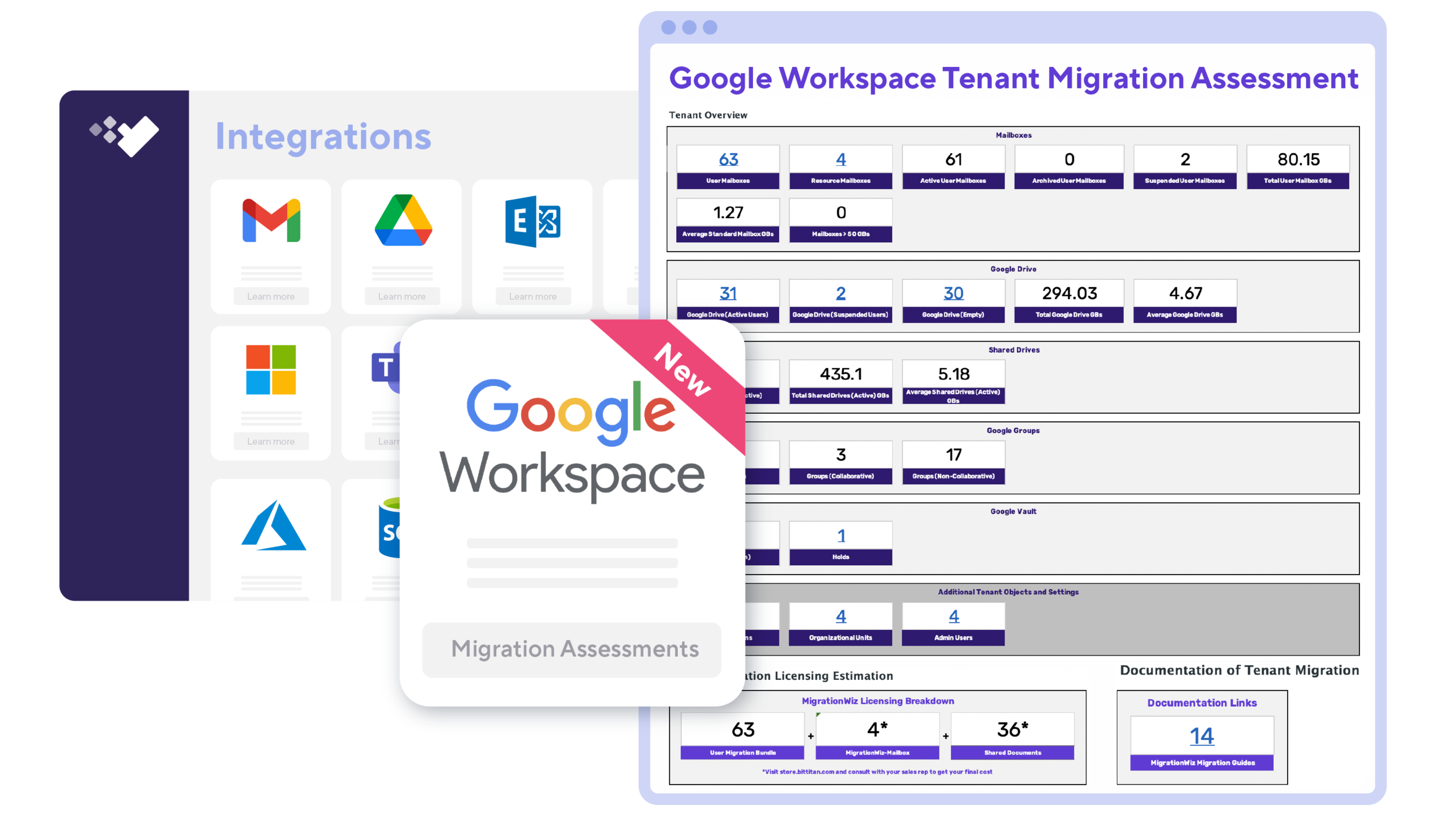Preparing Your Organization For Migration to a Multi-Cloud System
You may have decided to go with a multi-cloud strategy to avoid vendor lock-in. This will give you more protection from vendor-specific DDoS attacks, and it helps you avoid other possible vendor data-related side issues. However, using a multi-cloud approach is also going to take some preparation on the part of your IT department.
A complete or even partial systems migration project can seem significant and even impossible, which is probably why you have not yet done it. Using a multi-cloud configuration the right way can save you from day-to-day headaches as well as aid in expanding or adding use-parameters. Here are some suggestions on the best way to prepare for moving to multi-cloud data services.
What are Multi-Cloud Systems
When a business uses a multi-cloud structure or system, they are usually using a combination of public and private clouds. Often times, a public cloud like Amazon AWS will be used when the private servers are overloaded and returning slow results.
This will often be the case when you are using online applications, virtual desktops, or a random influx of web visitors on Mondays just because the name of your store includes the word Monday, for example. Any number of things could cause a need for a multi-cloud structure.
A multi-cloud system will save you money. If you use the cloud for operational overflow, you can set up the contract to be a pay-as-you-go service and only pay out when your resources are being used heavily by customers. Public clouds can also be an economical choice when you need to back-up data or if you are looking for a system to pick up the slack in case of an emergency. Dividing your data or hardware usage between private and public clouds will thus be more reliable.
Plan, Plan, Plan
And plan some more! It cannot be stressed enough that using an ad-hoc approach with your data migration can result in a giant tangled mess. Making decisions of the fly about where data is going, how it will be structured, and how it will interact with the rest of the system won’t help you get the results you are looking for.
One way to overcome this issue is to segment data by its function or the way that it is put into the system. For example, one cloud provider could be in charge of customer data coming from all sources and another could be in charge of manufacturing new data.
Another example would be one cloud provider s in charge of all incoming communications and the other, all outgoing communications. If you are in the healthcare field, separate data that requires extra protection parameters and use a specific cloud provider for that data type.
The most common configuration for multi-cloud uses is to maintain the most valuable data on site and store other data on third-party cloud services.
Since there are undoubtedly many ways to slice the data “apple” here, do your best to make practical decisions initially and if your data department is unable to settle on a suitable decision, hire someone that can.
Security
In a multi-cloud approach, security becomes increasingly important. You need to be fully aware of the security offered by each cloud service you use. You should understand the SOPs behind breaches, attacks, and other malfunctions for each company you interact with.
If your company is supplying a private cloud, you should use cloud services that will not leave gaps in your security plan. This means that you need to understand exactly where your sensitive data lies. To understand what data is sensitive, you have to know how and why it is generated in the first place.
To understand the level of security that you really need, your IT team should pay careful attention to the guidelines for compliance. They may want to take another look at how data flows and is handled. In many cases, being compliant may not be enough, and you have to do more not to leave data open to attacks.
Cross-Platform Cloud Management
If you have decided on a third party vendor to take care of day-to-day data storage do you have the tools in place to appropriately manage this? Make sure that your IT team is able to jockey data between public and private clouds as needed.
Changing Your Mind
Changing your mind on services, security measures, and the tools that you use to manage it can cost up to seven times the amount it cost you to originally set it up. This goes back to the first point. Be sure to have a well thought out plan before making any transitions.
Getting Help
If your business is thinking about moving to a multi-cloud system, think about involving a third party that is well-versed in these types of system and data migrations. Multi-clouds are not ubiquitous yet, and the formation of a stable and secure multi-cloud operating system can be complicated.
A third party can help you to bypass ad-hoc strategies over planning. They can help you to work out any compatibility issues you may have. A third party that is knows your industry can help you make sure that you are on top of all regulations and laws governing the data that you handle.
They can also audit your IT team and how they handle security and data repatriation. If you have any doubts at all about the move, you are making to a multi-cloud system, you should contact someone that can help your business through the process. Doing so will ensure that you are getting the most out of the restructuring and that you are ready for future expansion and more customers.













